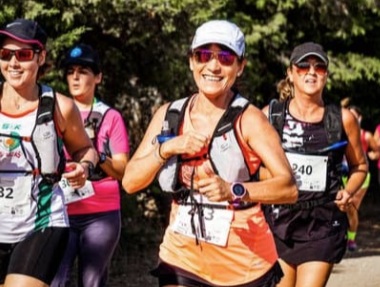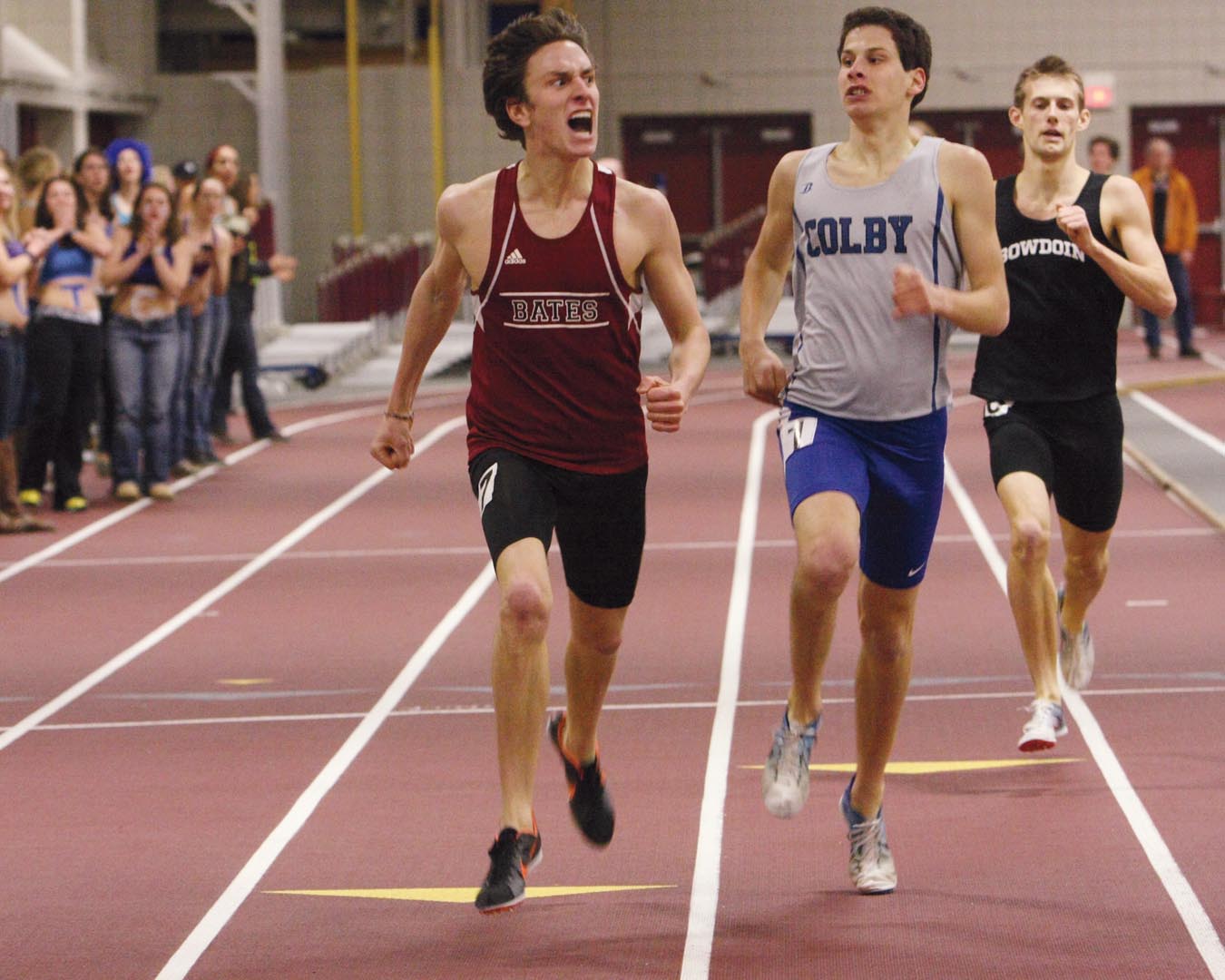
Running Experience Survey Report Welcome to the 2025 Running Experience Survey (RXS) Report. The RXS research project provides a snapshot of running behaviours and attitudes across a wide range of topics, with a particular emphasis on race participation. It was designed, promoted and analysed by Neil Baxter, an independent sociologist and specialist in running culture.

How and why do people engage with running? It’s a question that can’t easily be answered by looking at one or two factors. So in an attempt to capture the full complexity, I used a technique called Multiple Correspondence Analysis (MCA) — a powerful statistical tool for detecting patterns and mapping relationships across a large

Time for an update of the latest running demographics in England, drawing on insights gleaned from Sport England’s massive Active Lives Survey. I’ve broken runners down into five categories, which helps to illustrate the social diversity within the sport. Overall participation These are the figures for participation (any time in the last 12 months) in

Whenever I get asked about the subject of my research I have to suppress the urge to launch into a sort of paranoid defence of the sociological relevance and intellectual seriousness of my research topic. Running – and sport as a whole – seems to lack the gravitas of heavyweight sociological themes like class, racism,

I read an interesting article on Medium the other day, in which Paul Flannery, an American sports journalist, talks about why he and countless others have turned to running as a way of coping with a ‘mid-life crisis’. Flannery suggests displays of extreme athleticism in particular seem to have special appeal to those of us facing up

The average age of runners varies significantly between different forms of the sport, as I explore here. But what about if we try to get behind these simple averages and look at variations in participation profiles by age? The below chart draws on data from Sport England’s Active Lives Survey (data collected in 2023). It

From a sociological point of view, one of the interesting things about running is its association with high levels of privilege – particularly with education and income. This seems surprising: Unlike sports such as tennis, cycling or golf, running requires no expensive equipment or club membership; all most people really need to participate, it has

Overall figures In this post I’m going to use data from the Big Running Survey, conducted as part of my PhD a couple of years ago, to explore variations in the motivations of different types of runner based on gender and age. I’m not going to try to explain the patterns – that will be

Below is a list of key statistics about running derived from a number of sources, but mainly the Big Running Survey, which canvased the opinions of almost 2,700 runners on their running practices, motivations and attitudes in 2017. Follow the links on selected items for more detail. Section 1 – running demographicsParticipation rates – Social